Degenerative Disc Disease develops gradually and can have a multitude of related problems
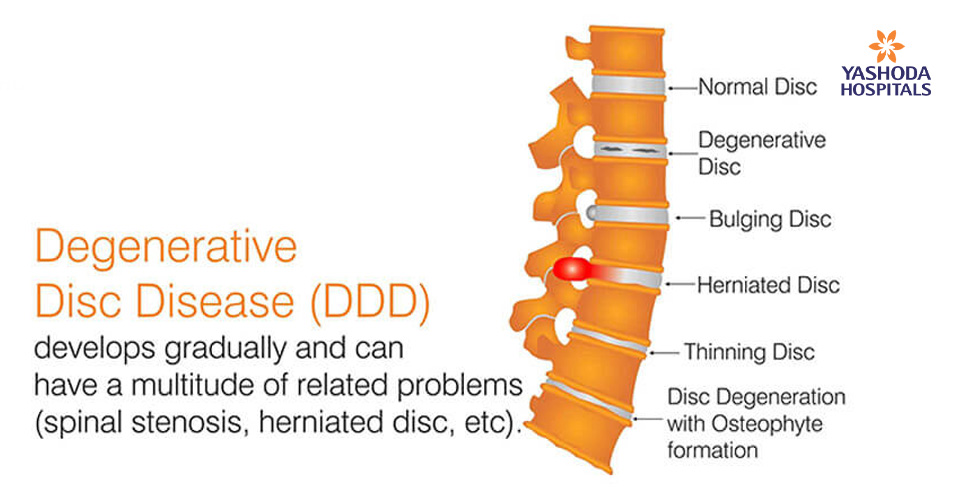
Degenerative Disc Disease is a condition in which pain is caused due to damaged disc. The disc(s) act as shock-absorbers of the spine, help the latter to stay flexible and adapt to the demands of changing body postures. Each disc has two parts, anulus fibrosus (the outer layer) and nucleus pulposus (soft core). Tender and swollen disc causes great deal of pain.
CAUSES
Degenerative disc disease is seen in elderly people. It may also occur in people experiencing trauma and injuries. With aging the collagens and proteins in the disc undergo chemical changes, which make the discs stiff, rigid and vulnerable to tearing. Due to disc space compression the patient experiences mild to severe pain in the back. Herniation is a term applied to describe the bulge that occurs due to leaking of soft inner nucleus. If the bulge occurs in the neck the pain is felt in the back of the head, upper back, shoulders, and arms. If the bulge occurs in the lower back, pain is experienced in the buttocks, legs and feet.
SYMPTOMS
Degenerative disc disease is evident as severe pain in the neck or lower spine region. The pain is relieved by changing positions as walking, running, and swimming. By lying down, the patient can experience maximum relief as the spine is completely relaxed with no pressure on it.
RISKS AND COMPLICATIONS
Intervertebral discs help in smooth movement of the vertebral column and cushion the vertebrae. With old age, the intervertebral discs lose their water content, and reduce their flexibility and capacity to absorb shock. The risks and complications of degenerative disc disease are evident as severe neck or back pain, and bulging disc.
TESTS AND DIAGNOSIS
The spine surgeon may perform physical and neurological exam, that includes observing the your posture, movement of joints, and general physical condition. The surgeon may also check the spine for muscle spasms. For further diagnosis, the surgeon may recommend X-ray to study spinal fractures, bone spurs or osteoarthritis. Later, may also suggest a computerized tomography (CT) scan or a magnetic resonance imaging (MRI) test.
TREATMENTS AND DRUGS
The treatment for multiple sclerosis is only relapse-based with focus on altering the natural course of the disease. Specific symptoms are treated as they occur. Medications that protect the nerves by altering the way of the immune system are also prescribed.




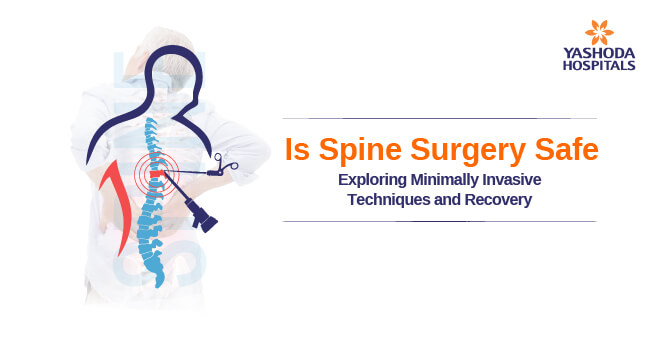

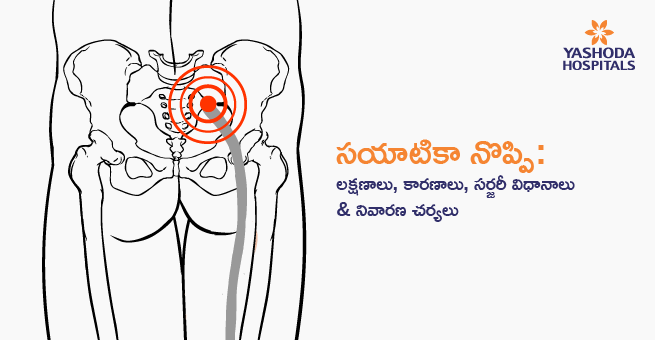



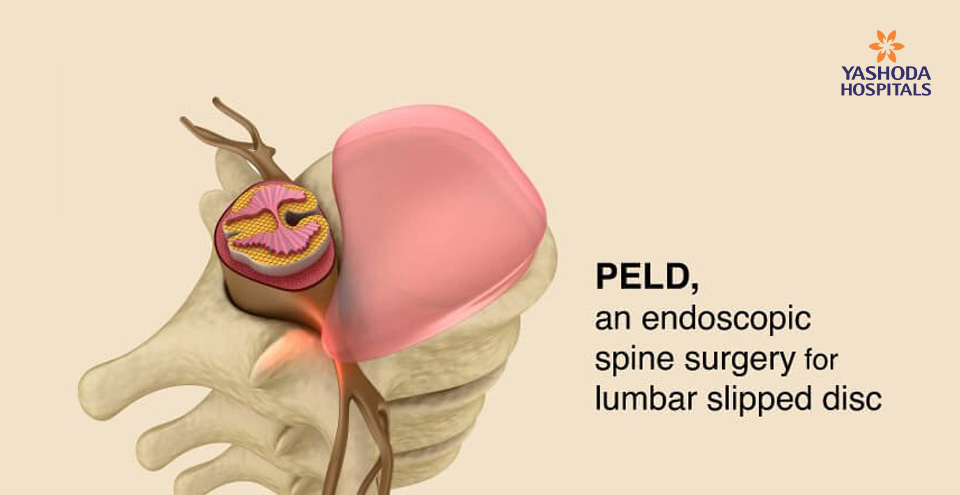

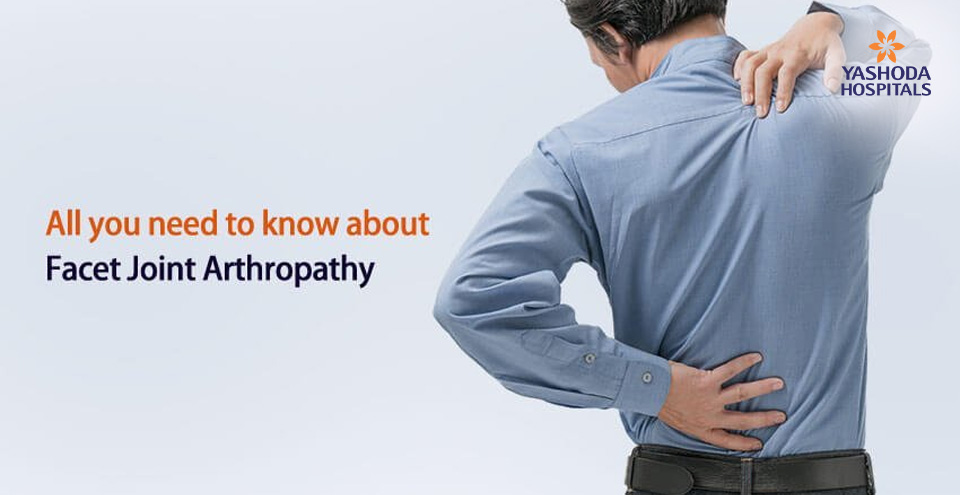

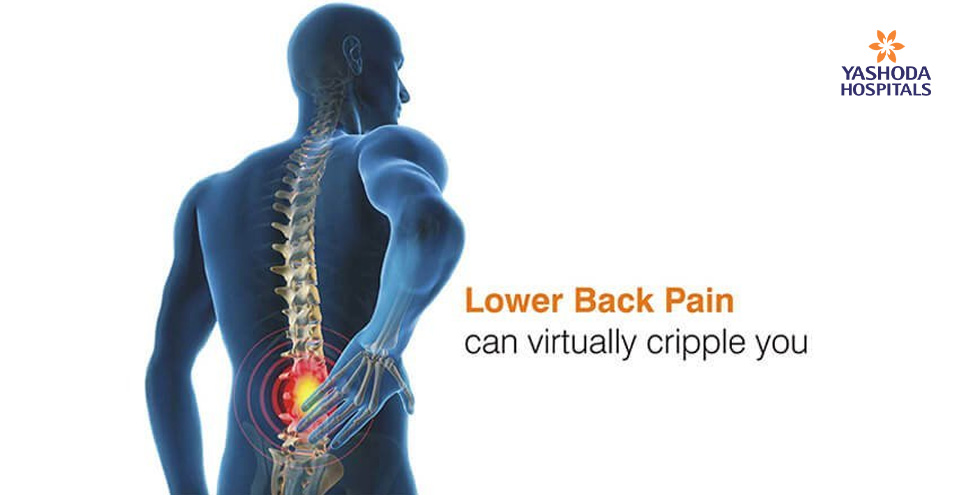
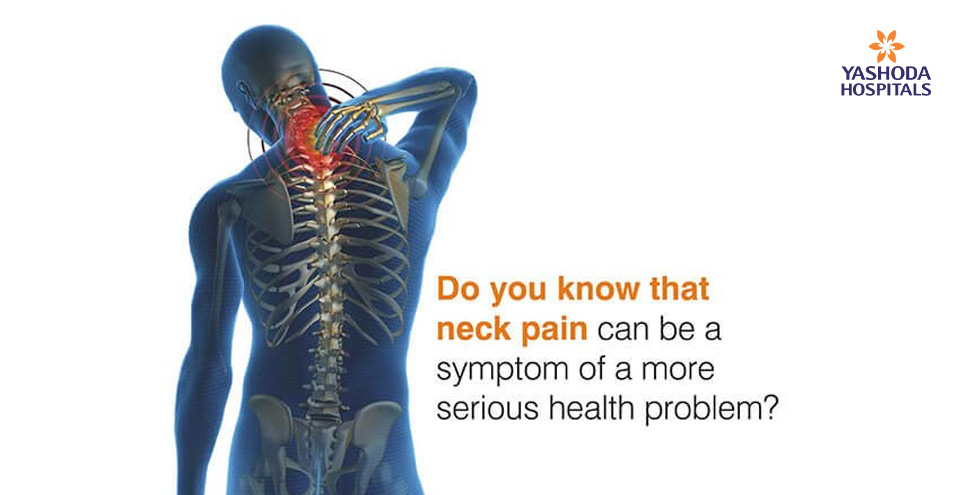





 Appointment
Appointment WhatsApp
WhatsApp Call
Call More
More